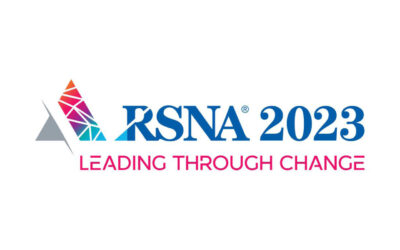
By Abdul Alsaadi
 There are numerous advantages to outsourcing imaging equipment service to a competent vendor. Outsourcing radiology and imaging equipment to a third-party vendor can provide flexible and customized support. A third-party vendor’s attention is individualized to each entity and results in the success of the health care organization it supports.
There are numerous advantages to outsourcing imaging equipment service to a competent vendor. Outsourcing radiology and imaging equipment to a third-party vendor can provide flexible and customized support. A third-party vendor’s attention is individualized to each entity and results in the success of the health care organization it supports.
When deciding on the right vendor, it is essential to evaluate their repair quality methods, processes and procedures. Engineers that are working on equipment should be certified by a reputable institution and have the necessary training needed for the repairs. Third-party vendors provide hybrid support. This notion can be articulated via their provision of better options that allow a department to select their technology platforms. This opportunity presents a chance for hospitals to build solutions for their imaging equipment that best suits their unique circumstances. Furthermore, vendors keep their warehouses stocked with replacements so that they can support multiple lines of needs as long as clients deem necessary. Therefore, they provide the same quality of replacements as the OEM, but more quickly.
It is necessary to minimize the downtime of equipment because it not only effects patients but also the hospital’s revenue and reputation. It is important to make sure the imaging equipment is up and ready for use at all times. Another important factor to keep in mind is the cost to maintain and sustain the longevity of the equipment, without hindering the quality of service.
It is vital to have a competent third-party vendor that is technology driven, has experience in working at a variety of hospitals and has methods to reduce significant cost, while improving quality. Moreover, they provide flexible month-to-month or multiple-year contracts and, in case of an emergency, respond to an organization’s needs quickly. A qualified vendor has an advantage from working at so many different hospitals. They are more equipped to handle problems, have undergone more thorough training and have more experience. It is much better to work smarter, not harder, especially in the fast-changing health care space.
One example that outlines this philosophy is utilizing artificial intelligence and machine learning to predict equipment failures. Predicting when equipment fails means preparing for the repair and ordering the parts needed, which reduces downtime of equipment to as low as 1 to 3%. A third-party vendor can make the hospital ready for even the most strict and challenging inspection agencies such DNV and TJC. The third-party company should be a part of the hospital, not a separate entity. This means that not only will they manage or maintain the department, but they will also bring in innovative ideas and solutions to the hospitals they work with. The goal is to elevate the overall quality of a hospital and forecast upcoming challenges.
End of life equipment is a prominent subject that has been a rising topic of debate. The question is whether hospitals should replace equipment or take the risk of using it for another decade. Hospitals worry that equipment cannot be maintained, and that they will be unable to source the parts needed. It is essential in this situation to have competent, qualified and capable vendors, especially when working with high-risk imaging equipment. Going with the wrong vendor is an enormous risk that can negatively affect cost, downtime of equipment and patient safety. Only a vendor that is technology driven with an abundance of experience, resources and knowledge can get the job done.
In summary, if a hospital intends to be a spearhead in technology, generate revenue and improve overall quality, it should consider a third-party company. Third-party companies offer a multitude of advantages such as experience, resources and knowledge gained from working with a variety of different hospitals over the years. All of these advantages are needed to keep up with the rapidly evolving health care industry.







